
Kalibo, officially the Municipality of Kalibo, is a 1st class municipality and capital of the Province of Aklan, Philippines. According to the 2020 census, it has a population of 89,127 people.

Buenavista, officially the Municipality of Buenavista, is a 2nd class municipality and the largest settlement in the province of Guimaras, Philippines. According to the 2020 census, it has a population of 52,899 people.

Dumangas, officially the Municipality of Dumangas, is a 1st class municipality in the province of Iloilo, Philippines. According to the 2020 census, it has a population of 73,899 people.
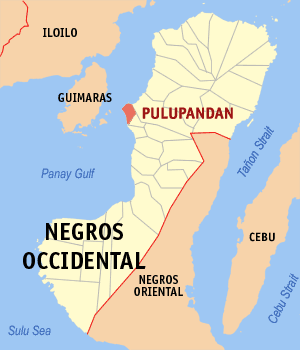
Pulupandan, officially the Municipality of Pulupandan, is a 3rd class municipality in the province of Negros Occidental, Philippines. According to the 2020 census, it has a population of 30,117 people.

Belison, officially the Municipality of Belison, is a 5th class municipality in the province of Antique, Philippines. According to the 2020 census, it has a population of 14,129 people. Making it 18th most populous, the smallest municipality in the province of Antique and the smallest in Panay island in both area and population.
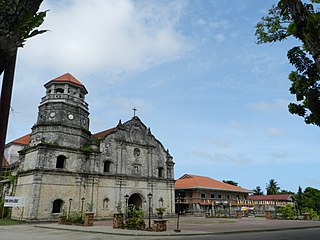
Panay, officially the Municipality of Panay, is a 3rd class municipality in the province of Capiz, Philippines. According to the 2020 census, it has a population of 48,890 people.
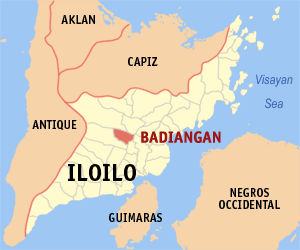
Badiangan, officially the Municipality of Badiangan, is a 4th class municipality in the province of Iloilo, Philippines. According to the 2020 census, it has a population of 27,056 people.

Balasan, officially the Municipality of Balasan, is a 4th class municipality in the province of Iloilo, Philippines. According to the 2020 census, it has a population of 35,064 people.

Batad, officially the Municipality of Batad, is a 5th class municipality in the province of Iloilo, Philippines. According to the 2020 census, it has a population of 22,157 people.

Calinog, officially the Municipality of Calinog, is a 1st class municipality in the province of Iloilo, Philippines. According to the 2020 census, it has a population of 62,853 people.
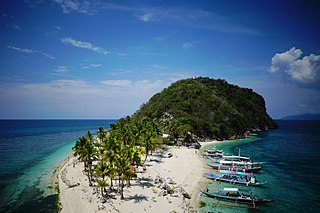
Carles, officially the Municipality of Carles, is a 2nd class municipality in the province of Iloilo, Philippines. According to the 2020 census, it has a population of 72,637 people.
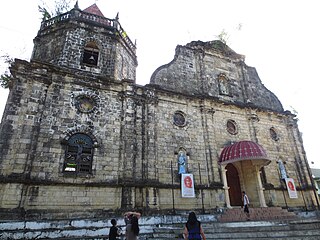
Dingle, officially the Municipality of Dingle, is a 3rd class municipality in the province of Iloilo, Philippines. According to the 2020 census, it has a population of 45,965 people.

Estancia, officially the Municipality of Estancia, is a 2nd class municipality in the province of Iloilo, Philippines. According to the 2020 census, it has a population of 53,200 people.
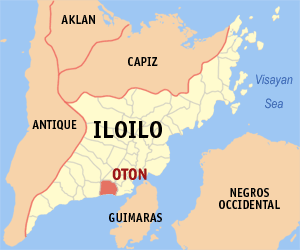
Oton, officially the Municipality of Oton, is a 1st class municipality in the province of Iloilo, Philippines. According to the 2020 census, it has a population of 98,509 people making it as the most populous town in the province and the entire Panay island.

San Rafael, officially the Municipality of San Rafael, is a 5th class municipality in the province of Iloilo, Philippines. According to the 2020 census, it has a population of 17,795 people.
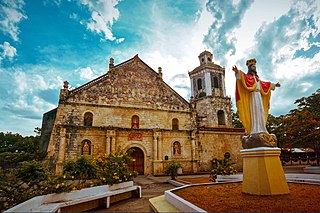
San Joaquin, officially the Municipality of San Joaquin, is a 2nd class municipality in the province of Iloilo, Philippines. According to the 2020 census, it has a population of 52,617 people.
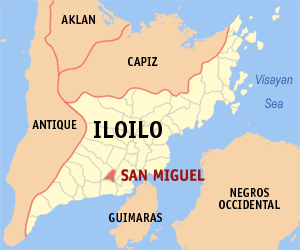
San Miguel, officially the Municipality of San Miguel, is a 4th class municipality in the province of Iloilo, Philippines. According to the 2020 census, it has a population of 30,115 people.

Tubungan, officially the Municipality of Tubungan, is a 4th class municipality in the province of Iloilo, Philippines. According to the 2020 census, it has a population of 23,021 people.

Zarraga, officially the Municipality of Zarraga, is a 4th class municipality in the province of Iloilo, Philippines. According to the 2020 census, it has a population of 27,305 people.

Tolosa, officially the Municipality of Tolosa, is a 5th class municipality in the province of Leyte, Philippines. According to the 2020 census, it has a population of 20,708 people.






























